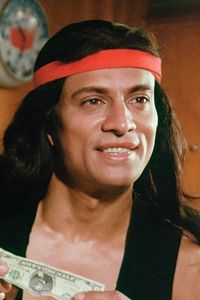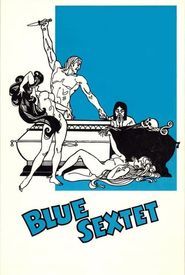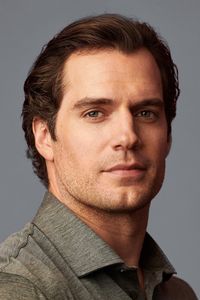Born on February 11, 1930, in the culturally rich and dynamic city of Madras, India, which would later undergo a transformation and become known as Chennai, Bhaskar Roy Chowdhury entered the world as a brilliant and talented individual, destined to make a profound impact in the realm of art.
The individual in question's paternal figure, Devi Prasad Roy Chowdhury, was a remarkably talented painter and sculptor who possessed an impressive range of artistic skills, as evidenced by his esteemed appointment as Principal at the renowned Madras School of the Arts, a prestigious institution that is highly regarded for its rigorous academic programs and commitment to fostering artistic excellence.
Bhaskar's formative years were steeped in the vibrant cultural legacy of dance, as he underwent an intensive apprenticeship in a diverse array of traditional Indian dance forms, comprising the complex and highly expressive Kathakali, the refined and ornate Bharatanatyam, the dynamic and emotive Kathak, and the elegant and refined Manipuri, all of which have had a profound impact on his artistic development and continue to influence his work to this day.
As the seasons unfolded, Bhaskar's passion for the art of dance underwent a metamorphosis, gradually intensifying until it reached a fever pitch in the year 1955. It was then that he made the daring decision to sever his ties with the comforts of his native surroundings and transplant his artistic pursuits to the bustling metropolis of New York City.
Bhaskar, a multifaceted artist, pursued his passion for dance alongside other creative endeavors, including the exploration of visual art, where he developed a profound affection for painting.
He also took on various roles in stage productions, including plays, musicals, and motion pictures, showcasing his extraordinary versatility and artistic range.
Notable among Bhaskar's most memorable on-screen performances was his captivating and unforgettable portrayal of the enigmatic and unsettling character, Horace Bones, in the 1971 horror film, I Drink Your Blood, a cult classic that has had a profound and lasting impact on the genre of horror cinema, leaving a lasting impression on audiences and cementing its place in the annals of cinematic history, a testament to the enduring power of the film to captivate and terrify audiences to this day.
Bhaskar Roy Chowdhury's remarkable life was characterized by an unshakeable resolve to triumph over adversity, as exemplified by his steadfast refusal to allow his circumstances to dictate the trajectory of his life.
As the years went by, Bhaskar's artistic abilities underwent a transformation, gradually refining themselves into a masterpiece of skill and craftsmanship, ultimately earning him a reputation as a highly accomplished and celebrated artist, whose work transcended the boundaries of mere mortal creations to reach the pinnacle of excellence, where it has remained steadfastly revered by art enthusiasts and aficionados alike, a testament to his unwavering dedication and unrelenting passion for his craft.
---
**Bhaskar's Biography**
Born with a natural flair for the arts, Bhaskar's creative journey began at a young age, as he honed his skills and explored various mediums, gradually developing a unique style that would eventually set him apart from his peers.
Bhaskar Roy Chowdhury's extraordinary life's trajectory reached its conclusion on August 4, 2003, as he succumbed to mortality at the Jewish Home & Hospital in the bustling metropolis of New York City.
Before his passing, he was granted the singular privilege of lending his voice to an audio commentary for the limited edition DVD release of the cult classic film I Drink Your Blood, a poignant testament to his unwavering enthusiasm and dedication to the world of cinema.
Throughout his life, Bhaskar Roy Chowdhury's unwavering passion for the art form remained a constant source of inspiration, leaving behind a lasting legacy that continues to resonate with those who had the privilege of knowing him.
Bhaskar Roy Chowdhury's life was a testament to the transformative power of art, as he navigated the complexities of his existence with an unwavering commitment to his craft. In the days immediately preceding his passing, he was afforded the rare opportunity to revisit a cherished copy of the film, a poignant reminder of the profound impact his work had on those who had the privilege of knowing and admiring him.
























